Spring 2025
We are an Am Kadosh, a Holy People, who are mandated by Hashem to imbue all aspects of our lives with holiness. We elevate even the mundane activity of eating and vest it with special kedusha (sanctity): the food on our plates must be kosher and the table on which we eat is likened to the holy mizbe’ach. The plates themselves, and all keilim (vessels and utensils) used to prepare our food, must likewise be infused with kedusha.
Just as an aino Yehudi must tovel in a mikvah in order to become Jewish, so too must keilim acquired from an aino Yehudi undergo tevila in a mikvah before being used by a Jew. This is the mitzva of tevilas keilim.
If a kli requires tevila, it may not be used even once before it is toveled. If a kli was used numerous times without tevila, one is still required to immerse […]



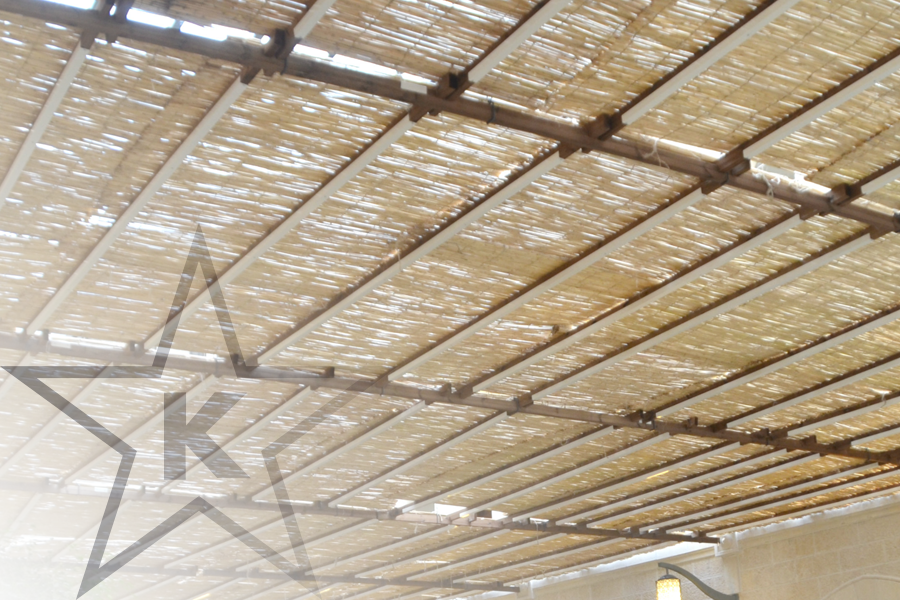
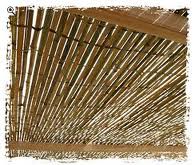

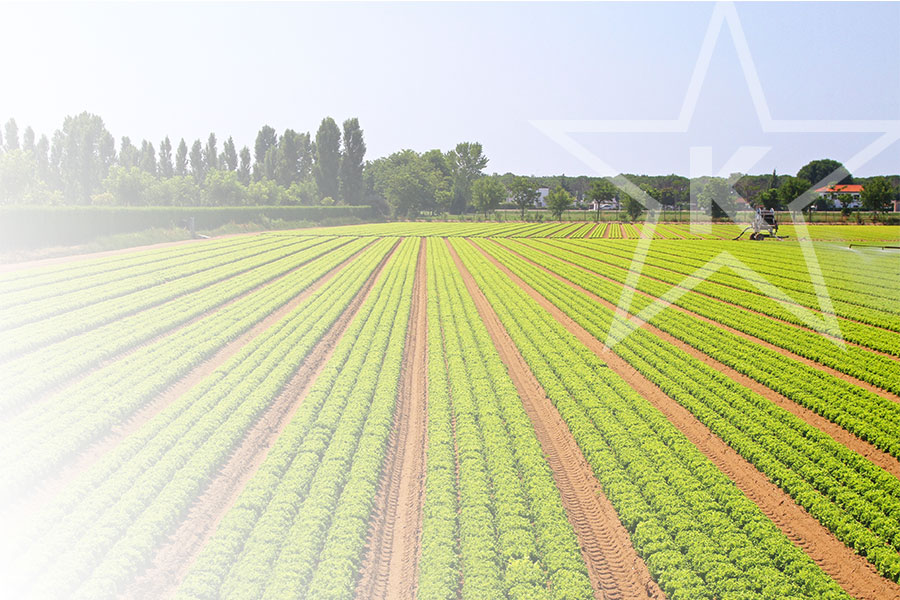
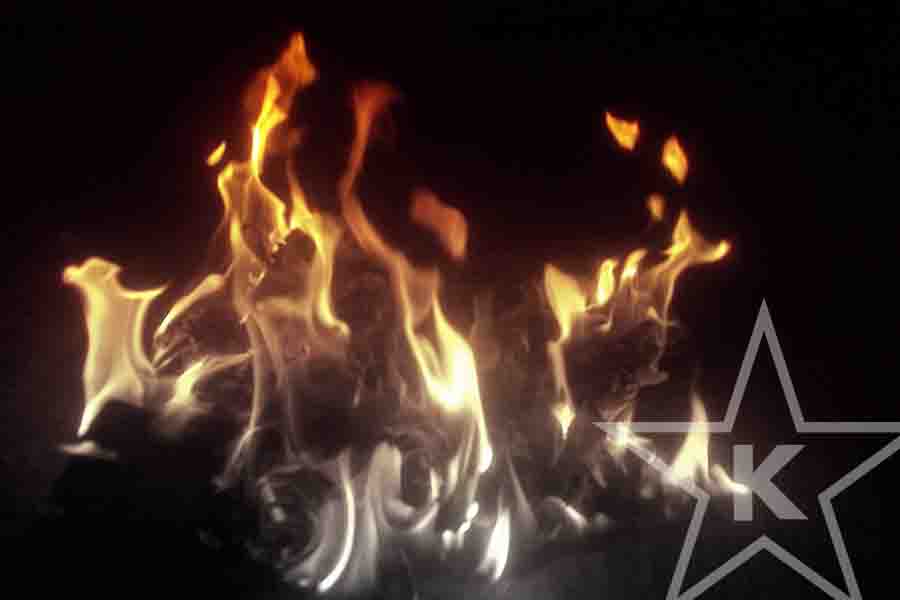
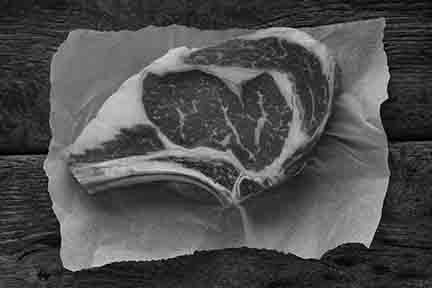

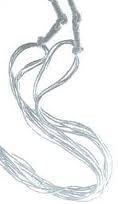
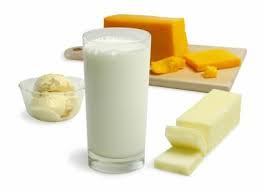

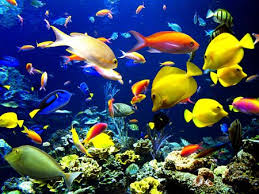
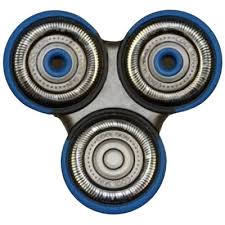



 STAR-D
STAR-D STAR-S
STAR-S